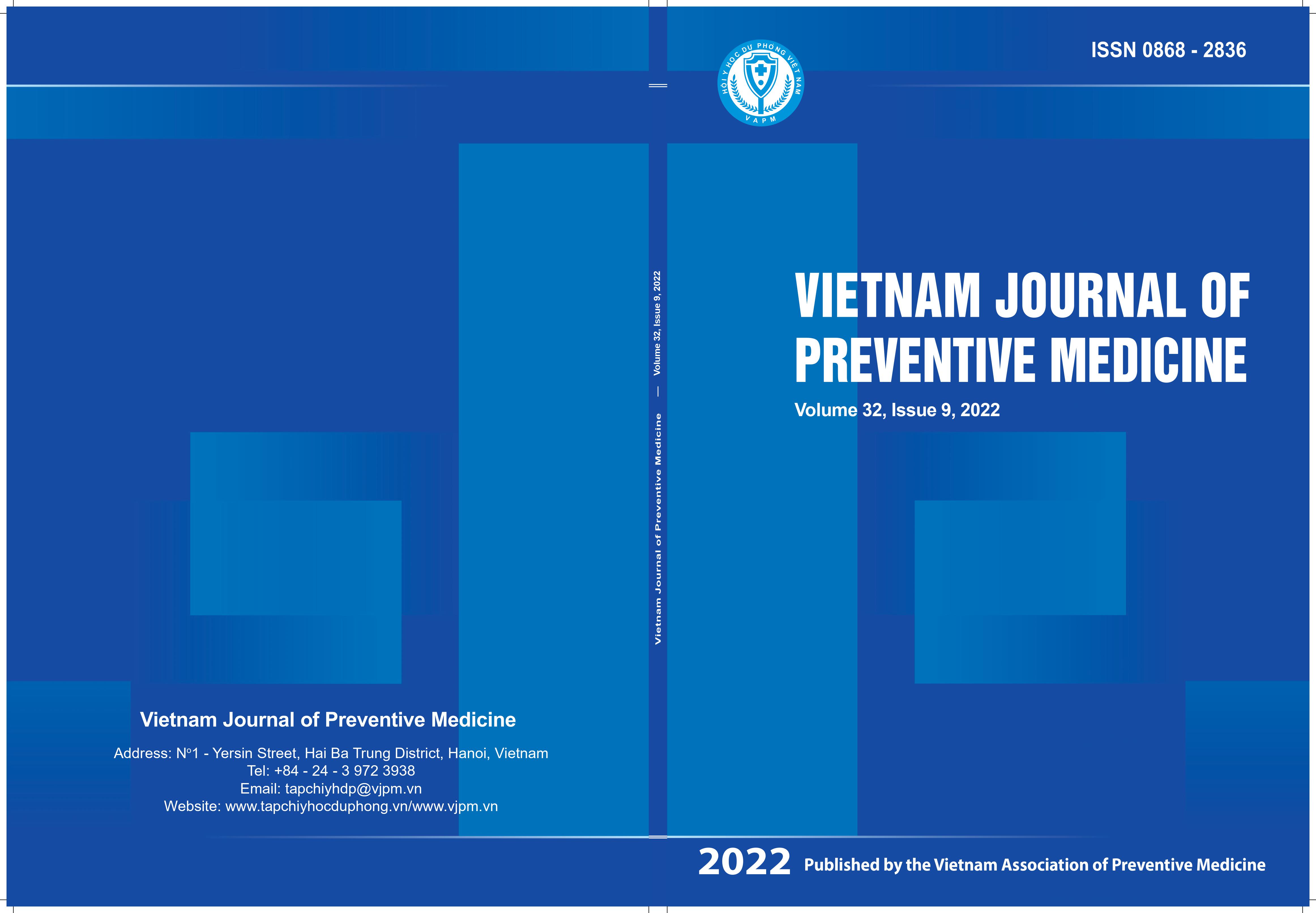Genetic variants of SARS-CoV-2 circulated from Northern and Central Vietnam from January 2020 - April 2021
DOI:
https://doi.org/10.51403/0868-2836/2022/924Keywords:
SARS-CoV-2, genome diversity, pandemic wave, Northern and Central VietnamAbstract
Severe acute respiratory syndrome coronavirus 2 (SARS-CoV-2), causing novel coronavirus disease 2019 (COVID-19) appeared in Wuhan, Hubei province, China in late December 2019 and has rapidly spread worldwide. In this study, a total of 267 genomes of SARS CoV-2 viruses collected from 28 Center for Diseases Controls and hospitals in different provinces in Northern and Central Vietnam from January 2020 to April 2021 were sequenced and analyzed their diversity using the iSeq 100 platform. Results showed that most of the virus samples originated from domestic community patients (84.3%). Variable variants of SARS CoV-2 virus were detected within the three pandemic waves. The very first variant of SARS-CoV-2 in Viet Nam in January 2020 was 19B (Nextstrain Clade), 3/8 of the variants were from the international arrival samples group. In the first and second pandemic waves, lineage 20B was the most prevalent and this variant was found in Da Nang, Hai Duong and Thai Binh with a large number of patients. In the third wave of the COVID-19 pandemic, lineage 20I was the most dominant and detected in all provinces where the outbreak occurred. Five COVID-19 clusters caused by SARS-CoV-2 variant 20I were also found during this time.
Downloads
Downloads
Published
How to Cite
Issue
Section
License
Publication License No 150/GP-BTTTT signed on May 8, 2014;
Electronic Publication License No 322/GP-BTTTT signed on June 15, 2016.


